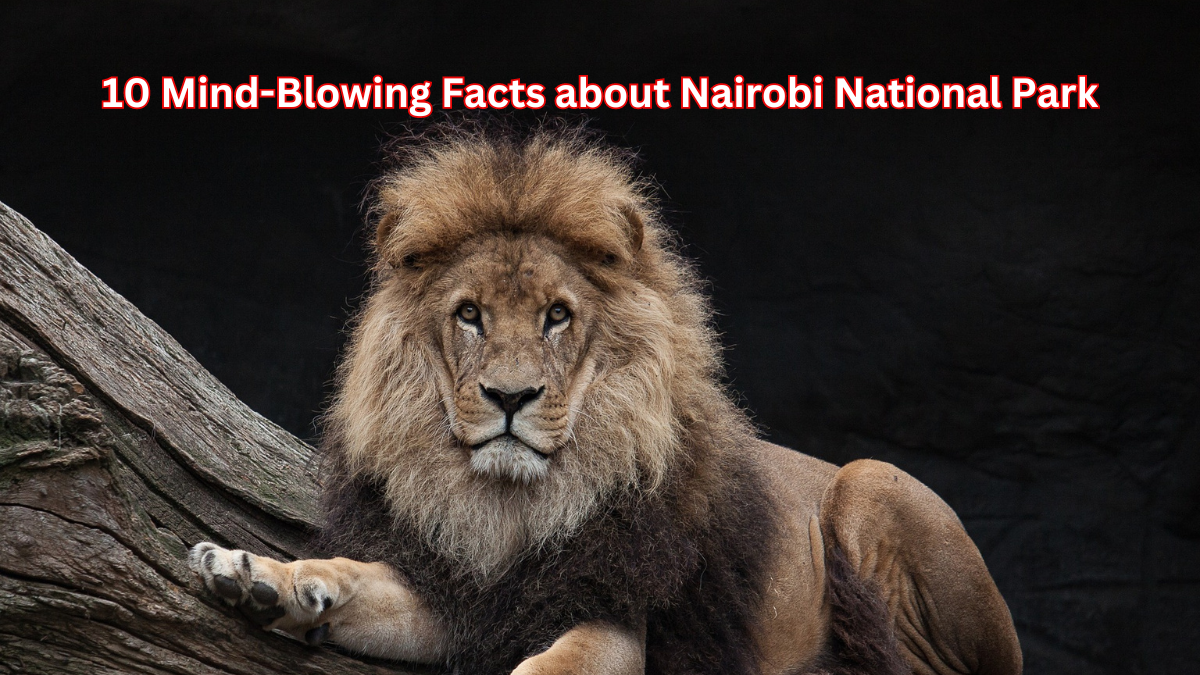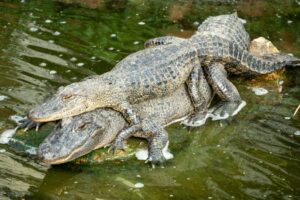Nairobi National Park is a unique gem in the world of wildlife conservation.
Just a short drive from the city centre of Nairobi, this park offers an extraordinary safari experience.
What makes it special isn’t just how close it is to the city; it’s also the lively environment, where more than 40 lions live freely among city skyscrapers.
The unusual mix of city and natural spaces makes Nairobi National Park a special place to see.
It’s a must-visit spot for people who love wildlife.
Activities to Enjoy at the Nairobi National Park
1. Game Viewing
The primary attraction is game viewing.
Early morning and late afternoon are the best times to spot the lions before they retreat into the shade for the day.
You might also encounter rhinos, zebras, giraffes, and cheetahs on your drive.
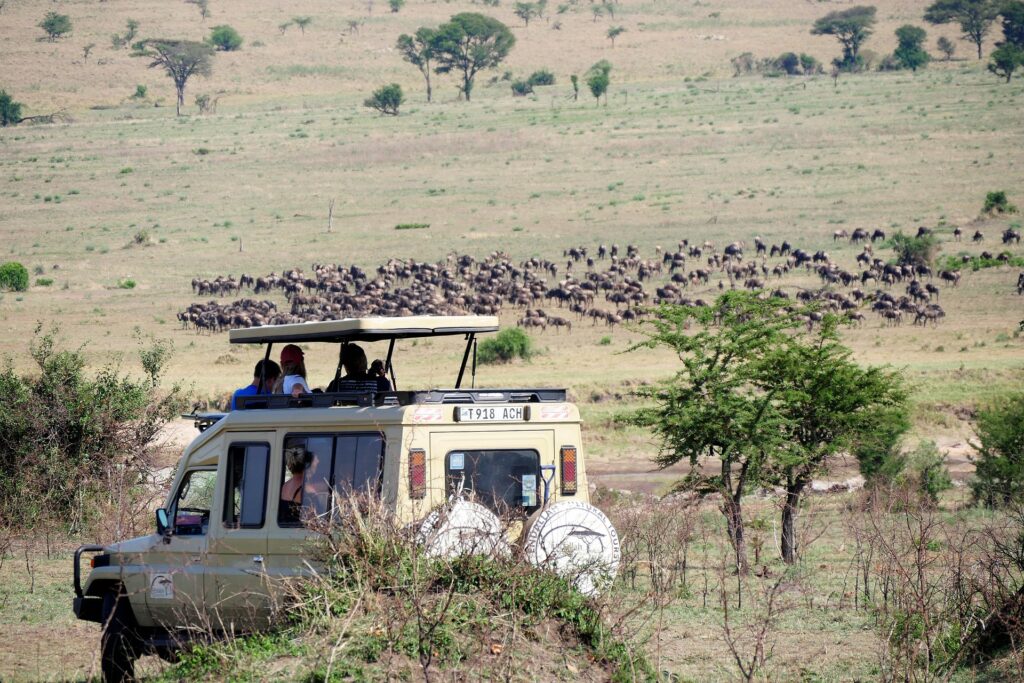
2. Picnics
Several scenic picnic sites are available, such as the Impala Observation Point and Mokoiyet Picnic Site.
These spots offer panoramic views of the park and are perfect for a relaxed meal amidst nature.
3. Camping
For an immersive experience, consider camping at the Nairobi Tented Camp.
It’s a luxurious option within the park, providing hot showers, comfortable beds, and guided night drives that offer a chance to see nocturnal wildlife.
4. Corporate & Special Events
The park’s serene environment and accessibility make it a popular venue for corporate events and team-building exercises.
The picnic sites can also be booked for private gatherings.
5. Nairobi Safari Walk
This scenic walk offers a close-up view of the park’s wildlife and habitats. It’s an excellent way to experience the park on foot, with chances to see species like the rare albino zebra.
10 Interesting Facts about Nairobi National Park That Will Shock You
1. The World’s Only Urban Safari
Located just 7 km from Nairobi’s city centre, this park is the closest national park to a city anywhere on Earth, creating an extraordinary juxtaposition of wildlife against a backdrop of skyscrapers.
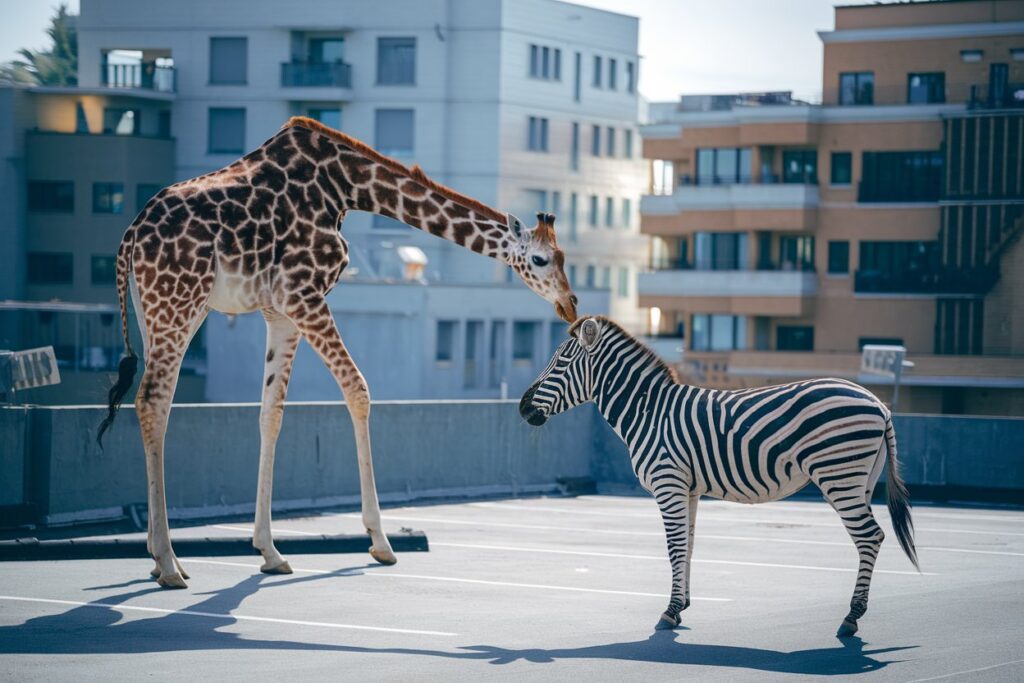
2. An Elephant-Free Zone
Despite being home to four of the “Big Five,” Nairobi National Park has no elephants. They were relocated to reduce human-wildlife conflicts.
3. Rhino Sanctuary Extraordinaire
The park is one of Kenya’s most successful black rhino sanctuaries, boasting one of the highest concentrations of these endangered animals.
4. Historic Ivory Burning Site
In 1989, Kenya made a powerful statement against poaching by burning 12 tons of ivory within the park. This act was repeated in 2016 with over 105 tons of ivory.
5. Diverse Birdlife
With over 520 species recorded, the park is a birdwatcher’s paradise, featuring species ranging from the striking secretary bird to the vibrant grey-crowned crane.
6. The Nairobi Tented Camp
This is the only accommodation within the park, offering an exclusive experience of staying overnight in the wilderness, just minutes from the city.
7. Thriving Predators
Despite its small size, the park supports a healthy population of predators, including lions, leopards, cheetahs, and hyenas, making it a prime spot for big cat enthusiasts.
8. Unseen Migrations
While not as famous as the Maasai Mara migration, Nairobi National Park sees smaller, yet significant, wildlife movements between the park and the Athi-Kapiti plains.
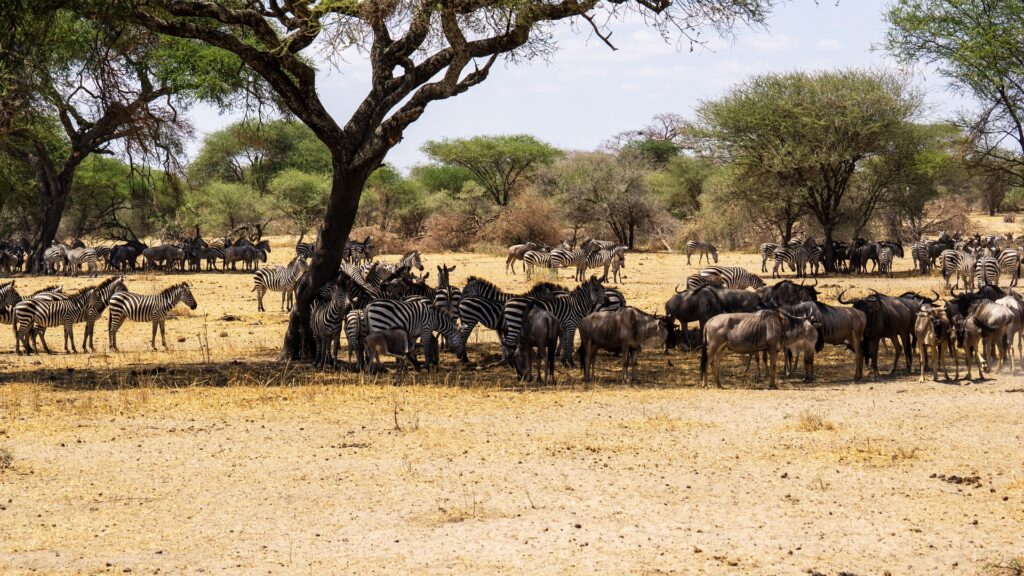
9. A History of Conservation
Established in 1946, Nairobi National Park was the first national park in Kenya and has played a pivotal role in wildlife conservation, particularly for the black rhino.
10. Wildlife Corridors Amid Urbanization
The park’s southern boundary is unfenced, allowing wildlife to migrate in and out, a rare feature for a park so close to human settlements.
What is the Climate at the Nairobi National Park
January to March are typically hot and dry, offering clear skies and great visibility for wildlife viewing.
April to June brings hot and wet conditions, with lush greenery and active wildlife.
From July to October, the weather is warm and wet, making it another favourable time for a visit.
How to Get There
Nairobi National Park is located about 7 kilometres from Nairobi.
The Park had several Gates; KWS headquarters, Langata Road, Langata Gate, and Maasai Gate.
Does Nairobi National Park Offer Accommodation?
Yes. Nairobi National Park has several high-quality accommodation options, located both inside and outside the park.
Visitors can choose from a variety of lodges, camps, and hotels that provide comfortable stays, ensuring a memorable wildlife experience.
Final Thoughts and Travel Tips
For the best experience, visit during the dry season when wildlife is easier to spot, and the weather is more predictable.
Remember to carry binoculars, a camera, and plenty of water. If you’re planning to camp, make reservations well in advance, especially during peak season.

